Thanks. While reviewing all my pictures, there's been so many little details that could have been captured better, or that I completely missed. I guess I just have high standards. If the end result is that I set your expectations low, then over-delivered, then that works out nicely
And that's part of why I'll stick with my 2" lift and only go up to 33" tires
Too much rain lately
Haven't had the top/doors off since before the turbo install.








 Reply With Quote
Reply With Quote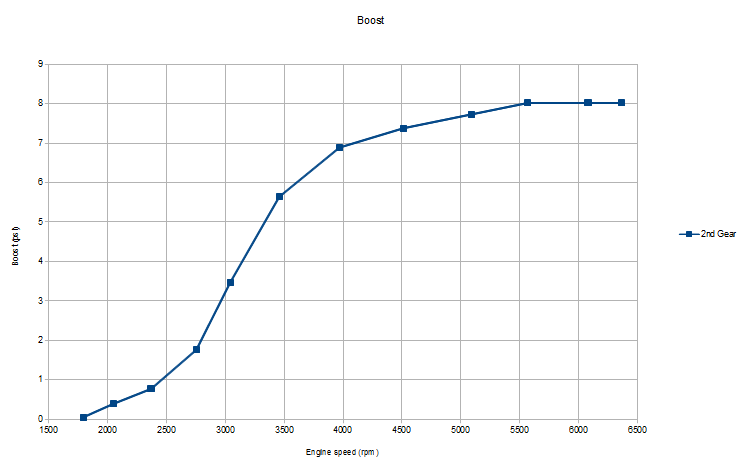



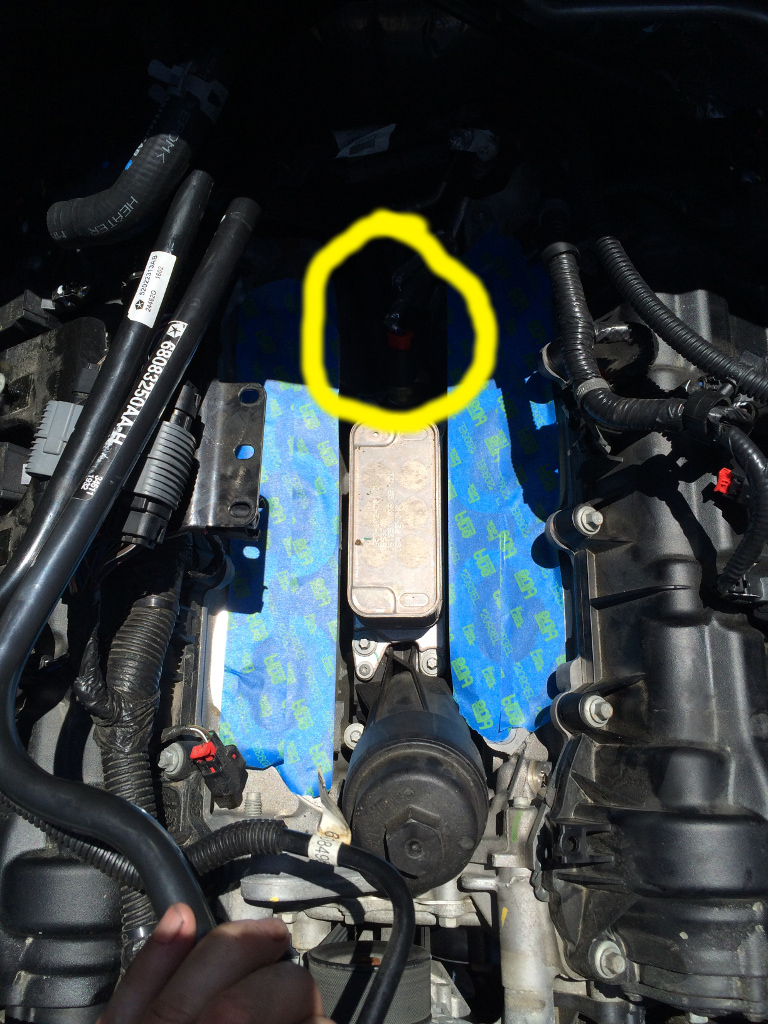
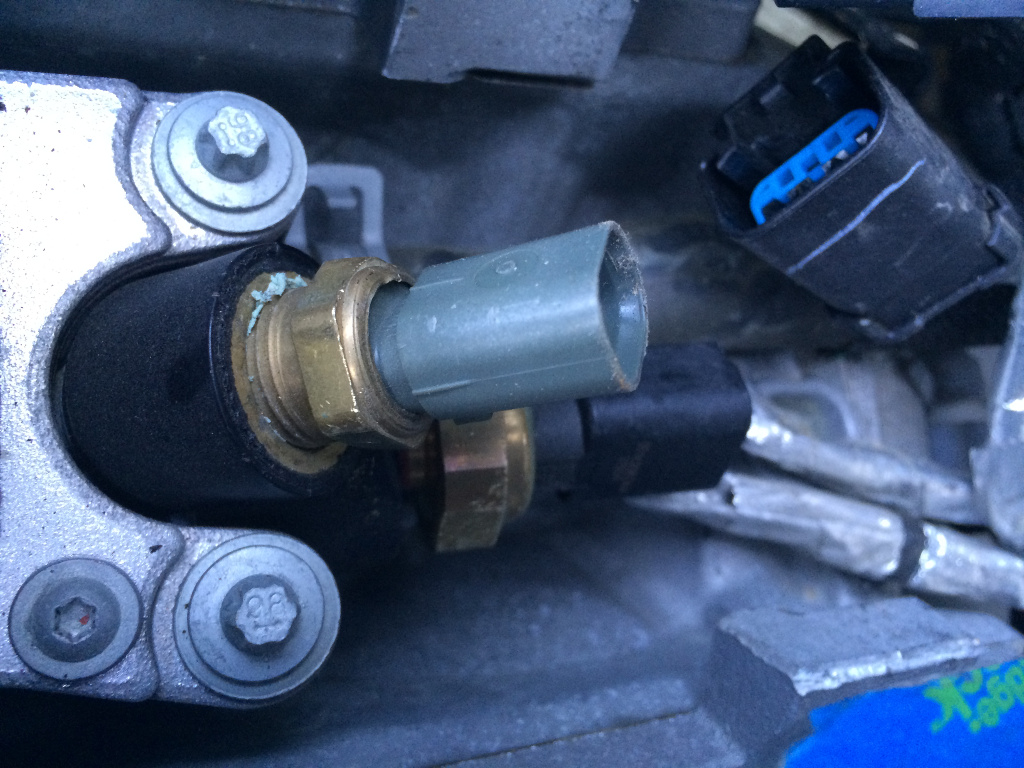
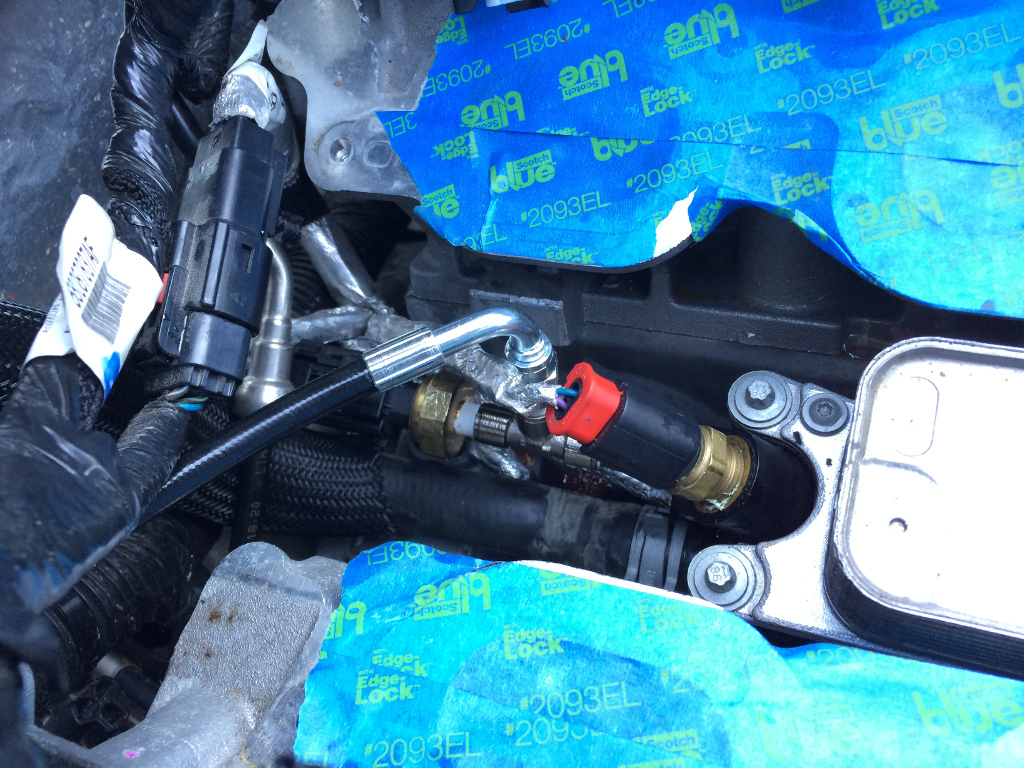

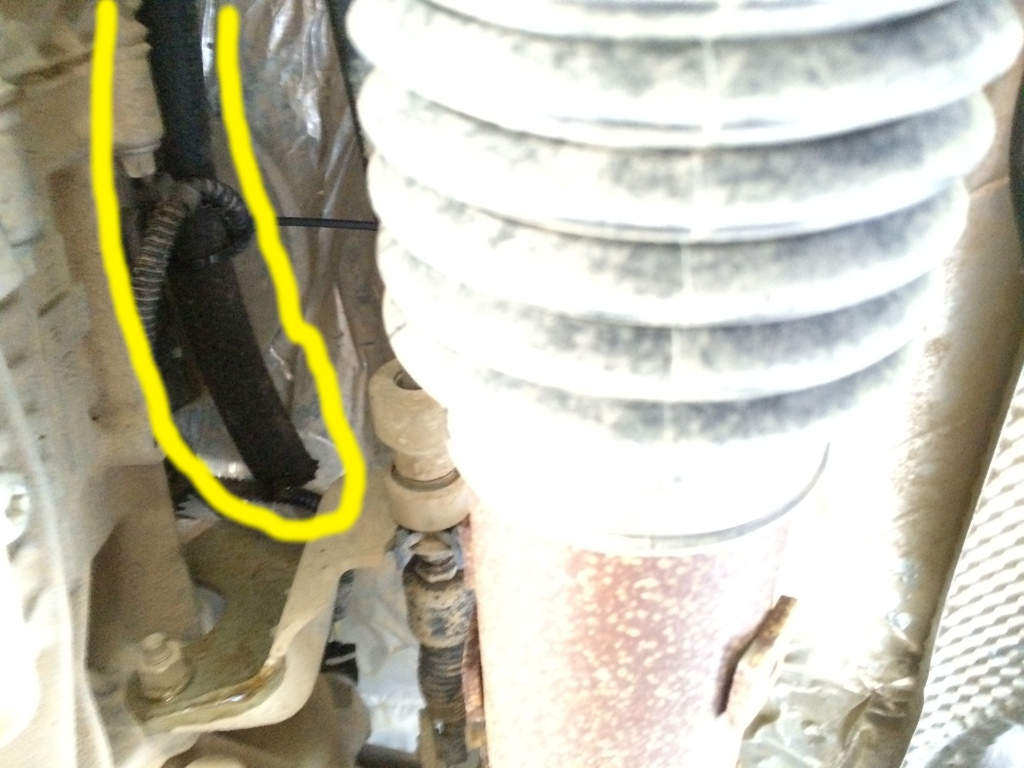

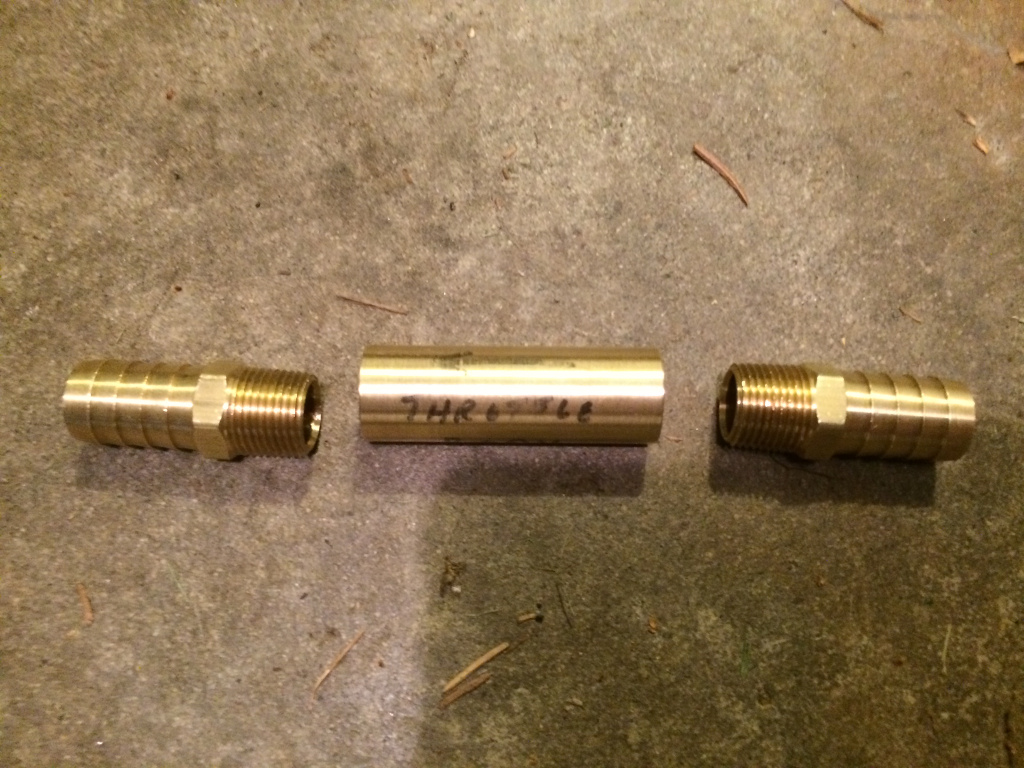


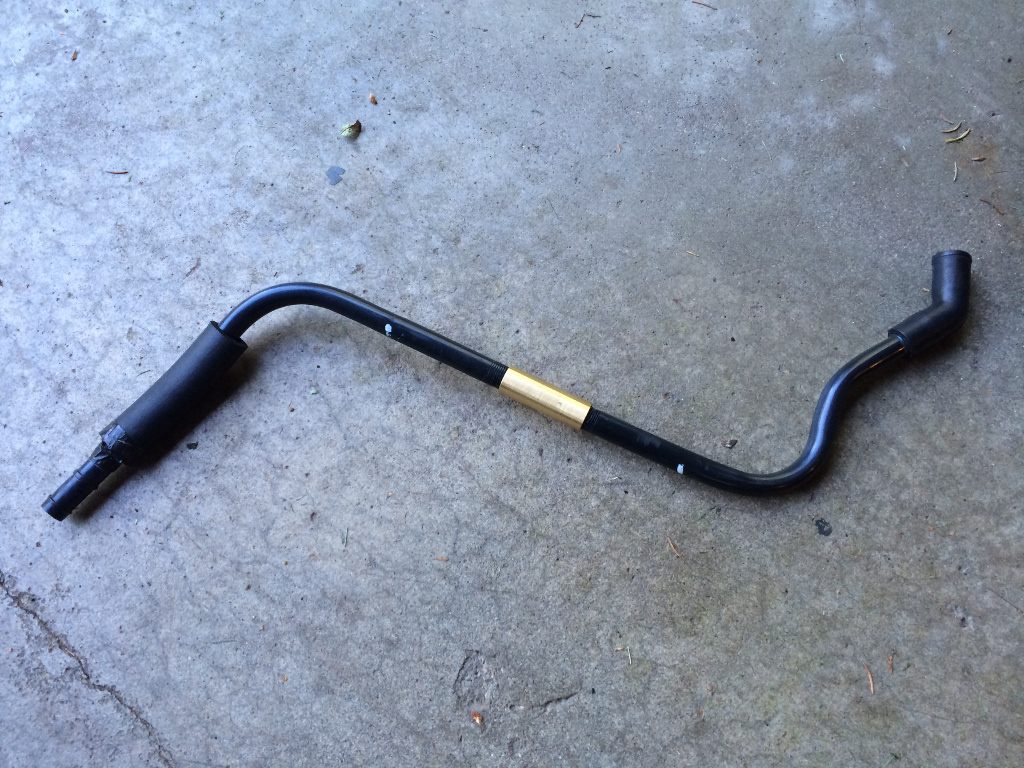

Connect With Us